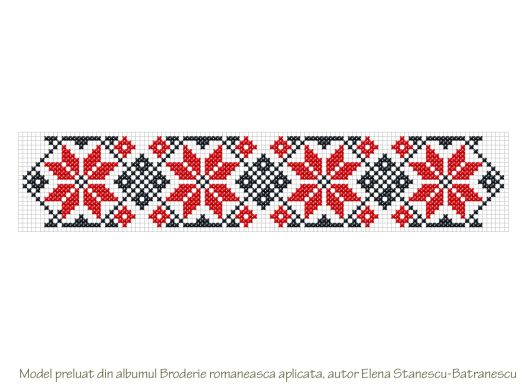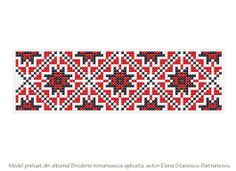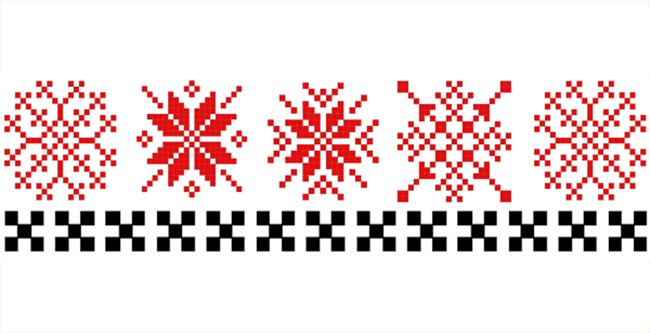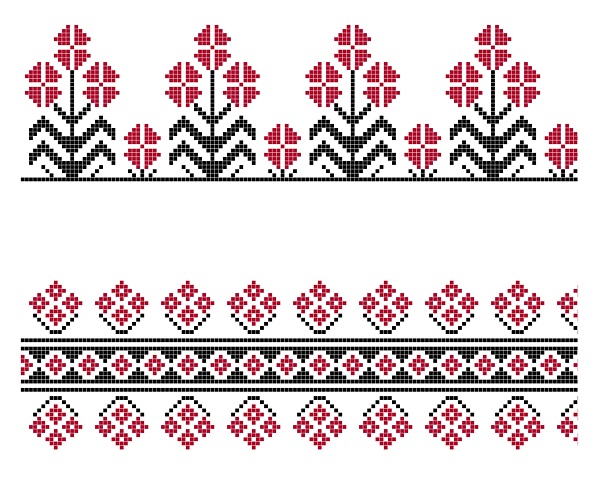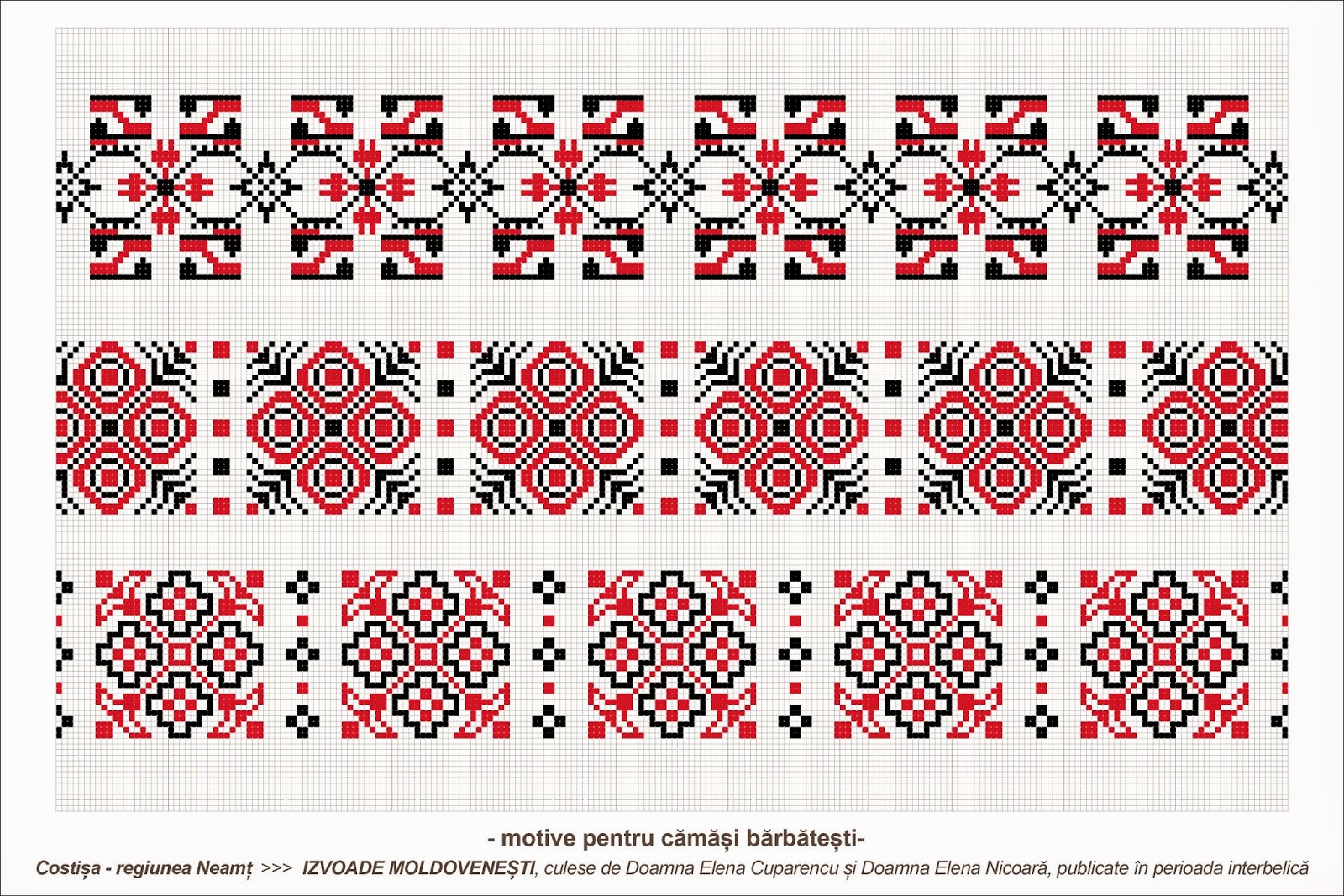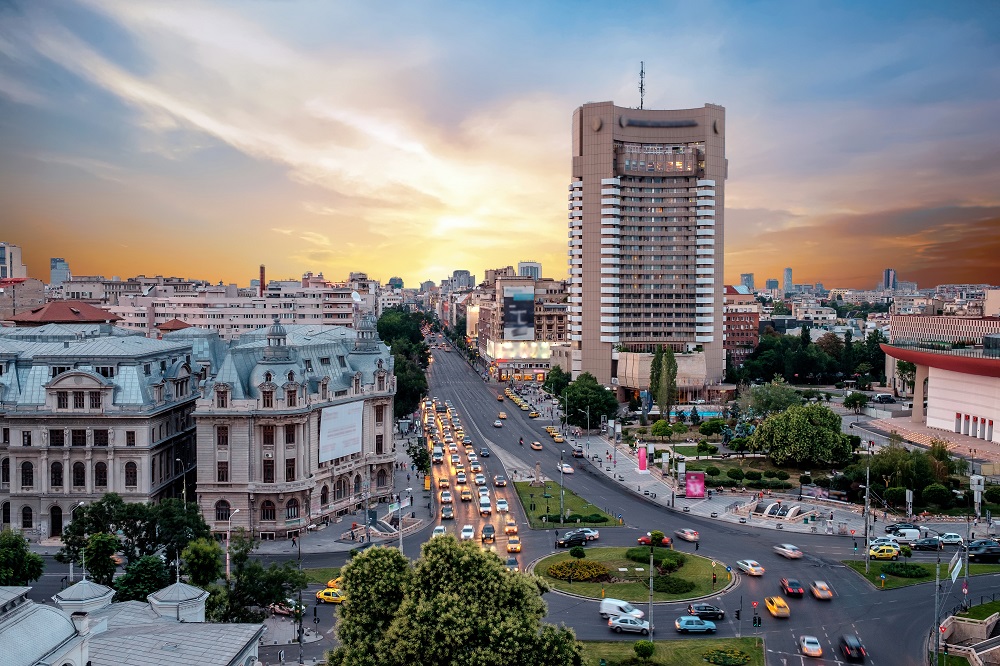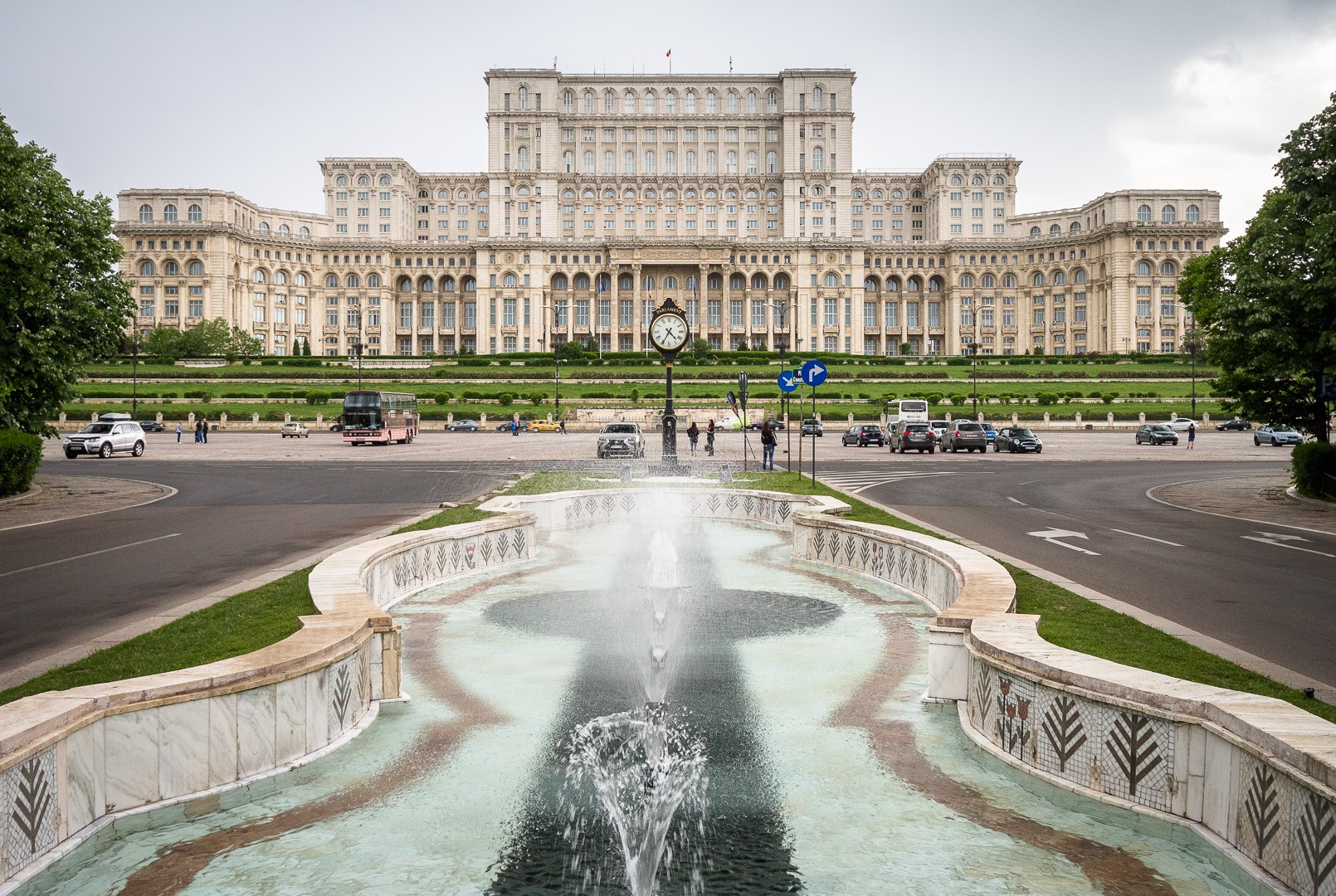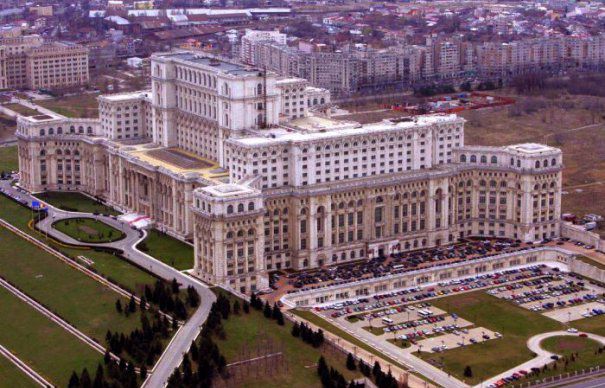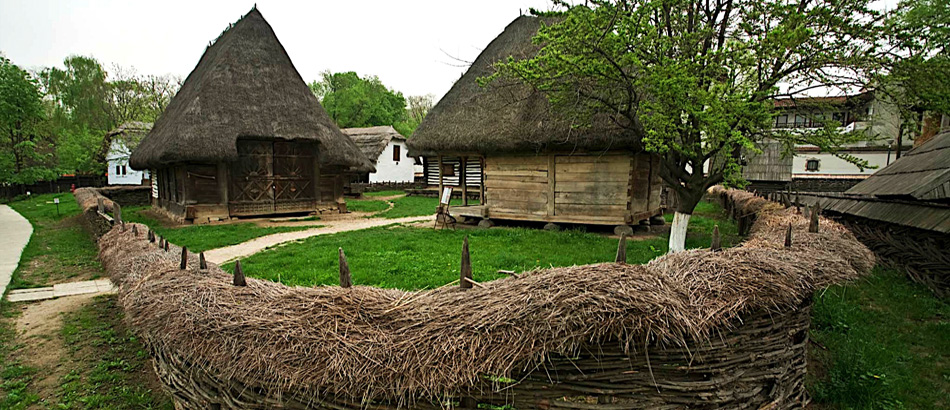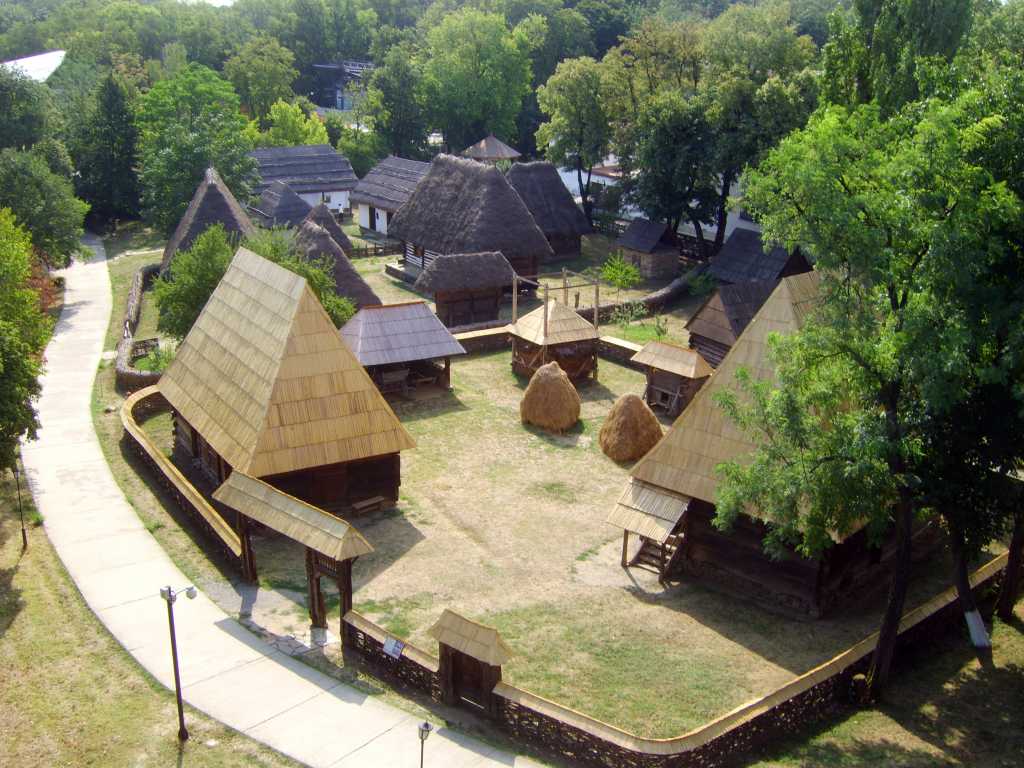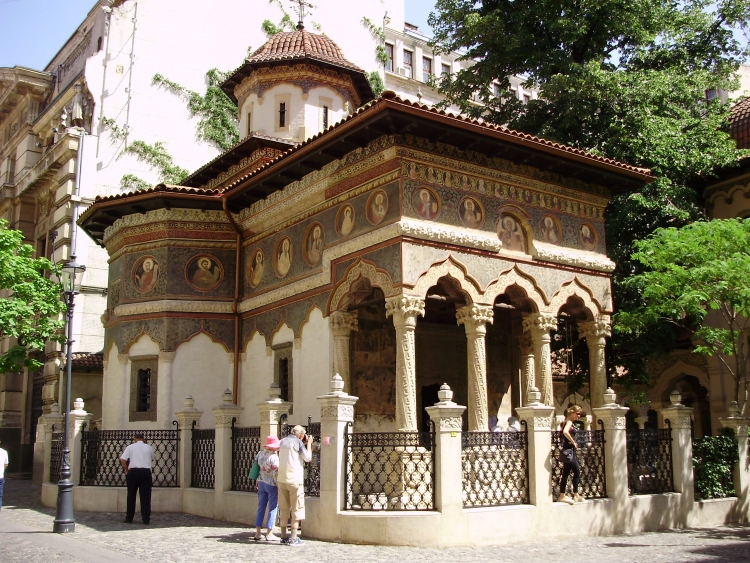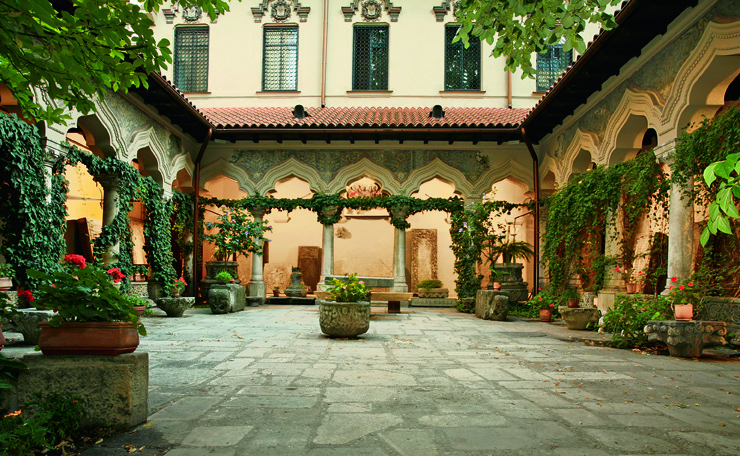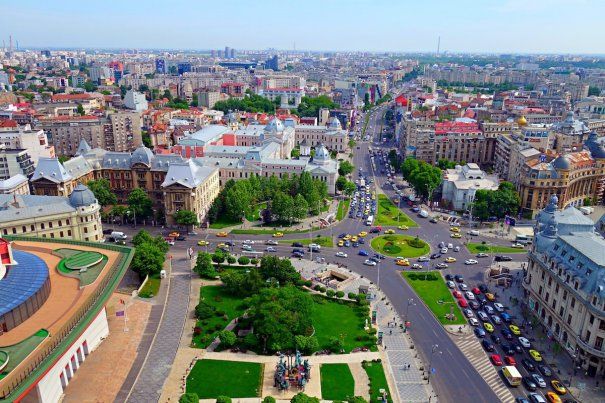
Bucharest
Bucharest (Romanian: Bucuresti pronounced [buku'resti] ) is the capital city and the most important cultural, industrial, and financial centre of Romania. It is the largest city in Romania, located in the southeast of the country and lies on the banks of the Dâmbovi?a River and has more than 1,7 millions inhabitans
Bucharest was first mentioned in documents as early as 1459. Since then it has gone through a variety of changes, becoming the state capital of Romania in 1862 and steadily consolidating its position as the centre of the Romanian mass media, culture and arts.
Palace of The Parliament
The Palace of the Parliament (Romanian: Palatul Parlamentului) is a multi-purpose building containing both chambers of the Romanian Parliament. According to the World Records Academy, the Palace is the world's largest civilian building, most expensive administrative building, and heaviest building.
The Palace was designed and nearly completed by the Ceau?escu regime as the seat of political and administrative power. Nicolae Ceau?escu named it the House of the Republic (Casa Republicii), but many Romanians call it the People's House (Casa Poporului). The Palace measures 270 m by 240 m, 86 m high, and 92 m underground. It has 1,100 rooms, 2 underground parking garages and is 12 stories tall, with four underground levels currently available for the general public and in use, and another four in different stages of completion. The floor space is 340,000 m2.
The structure combines elements and motifs from multiple sources, in an eclectic neoclassical architectural style. The building is constructed almost entirely of materials of Romanian origin. Estimates of the materials used include one million cubic meters of marble from Transylvania, most from Rușchița; 3,500 tonnes of crystal 480 chandeliers, 1,409 ceiling lights and mirrors were manufactured; 700,000 tonnes of steel and bronze for monumental doors and windows, chandeliers and capitals; 900,000 m2 (9,700,000 sq ft) of wood, over 95% of which is domestic, for parquet and wainscoting, including walnut, oak, sweet cherry, elm, sycamore maple; 200,000 m2 (2,200,000 sq ft) of woolen carpets of various dimensions, the larger of which were woven on-site by machines moved into the building; velvet and brocade curtains adorned with embroideries and passementeries in silver and gold
The National Village Museum
The Village Museum (Muzeul Satului in Romanian) is an open-air ethnographic museum, showcasing traditional Romanian village life. The museum extends to over 100,000 m2, and contains 272 authentic peasant farms and houses from all over Romania. Down on the Herastrau lakeside, right in the middle of Romanias capital city, the wandering traveller will encounter an authentic Romanian village, rich in monuments and artefacts from the XVIIth century, all the way up to the XXth century, representative constructions originating from important ethnographical regions which have been granted a second life at the National Village Museum Dimitrie Gusti.
To bring about the fruition of the Village Museum, Professor Dimitrie Gusti, the founder of The Sociological School of Bucharest, underwent and sustained over a decade of intense theoretical research coupled with field work and curatorial experiments in order to fulfil a vision. As head of the sociology department for the University of Bucharest, Dimitrie Gusti has organized between the years 1925-1935 several monographic interdisciplinary research campaigns on a large number of villages aided by a team of specialists from a wide array of practices (sociologists, ethnographers, folk researchers, geographers, statisticians, doctors etc), also with the help of students. The Village Museums official inauguration took place on the 10th of May, 1936, in the presence of King Charles II, followed by a public opening a week later, 17th of May, 1936.
In the conception of the Romanian Village Museum as a sociological museum, professor Dimitrie Gusti and his team of collaborators have considered to be their duty to showcase the verity of village lifestyles, as the authentic Romanian villagers were committed to living it. In this regard, families of peasants originating from the researched villages would have inhabited the houses in the Museum. The residents were the original owners of the households; they came to Bucharest bringing everything they needed to live on Museum premises, including poultry and animals. The open-air patrimony gains new showpieces, reaching to number of 123 ensembles of vernacular architecture (as compared to 33 back in 1936), with a number of 363 monuments, with a mobile patrimony of over 50 000 objects.
Stavropoleos Curch
Stavropoleos Monastery (Romanian: Mănăstirea Stavropoleos), also known as Stavropoleos Church (Romanian: Biserica Stavropoleos) during the last century when the monastery was dissolved, is an Eastern Orthodox monastery for nuns in central Bucharest, Romania. Its church is built in Brâncovenesc style. The patrons of the church (the saints to whom the church is dedicated) are St. Archangels Michael and Gabriel. The name Stavropoleos is a Romanian rendition of a Greek word, Stauropolis, meaning "The city of the Cross". One of the monastery's constant interests is Byzantine music, expressed through its choir and the largest collection of Byzantine music books in Romania
The church was built in 1724, during the reign of Nicolae Mavrocordat (Prince of Wallachia, 1719-1730), by archimandrite Ioanichie Stratonikeas. Within the precinct of his inn, Ioanichie built the church, and a monastery which was economically sustained with the incomes from the inn (a relatively common situation in those times). In 1726 abbot Ioanichie was elected metropolitan of Stavropole and exarch of Caria. Since then the monastery he built is named Stavropoleos, after the name of the old seat. On February 7, 1742 Ioanichie, aged 61, died and was buried in his church.


